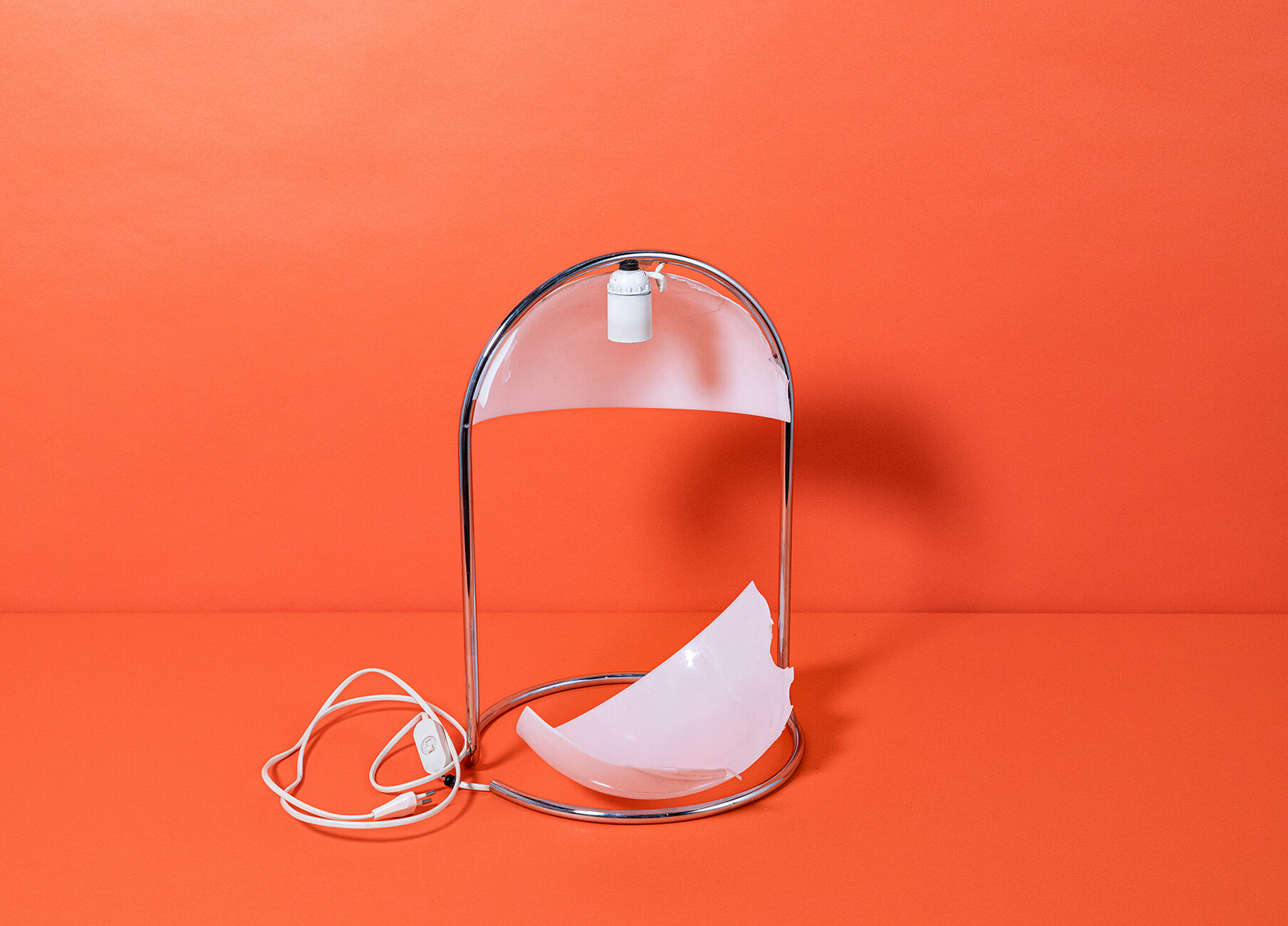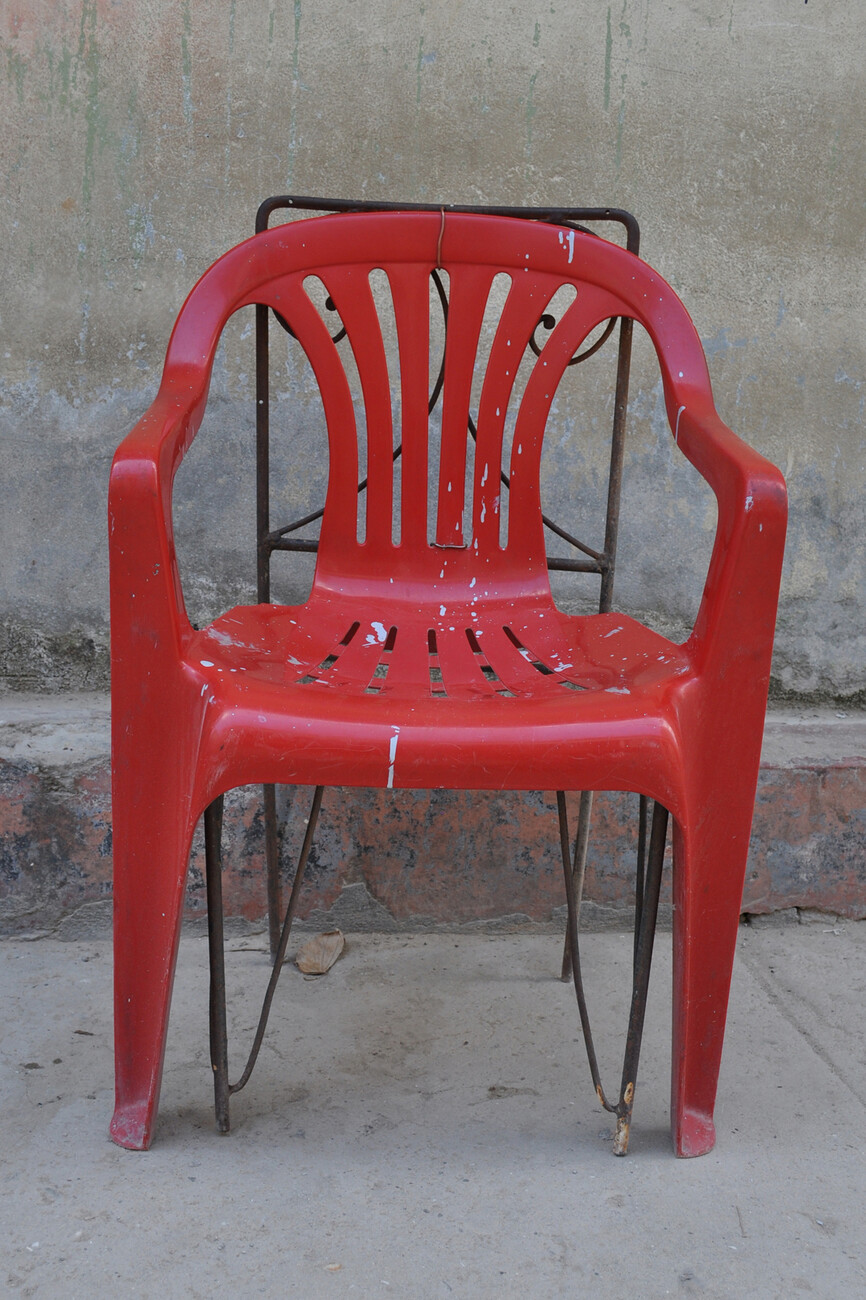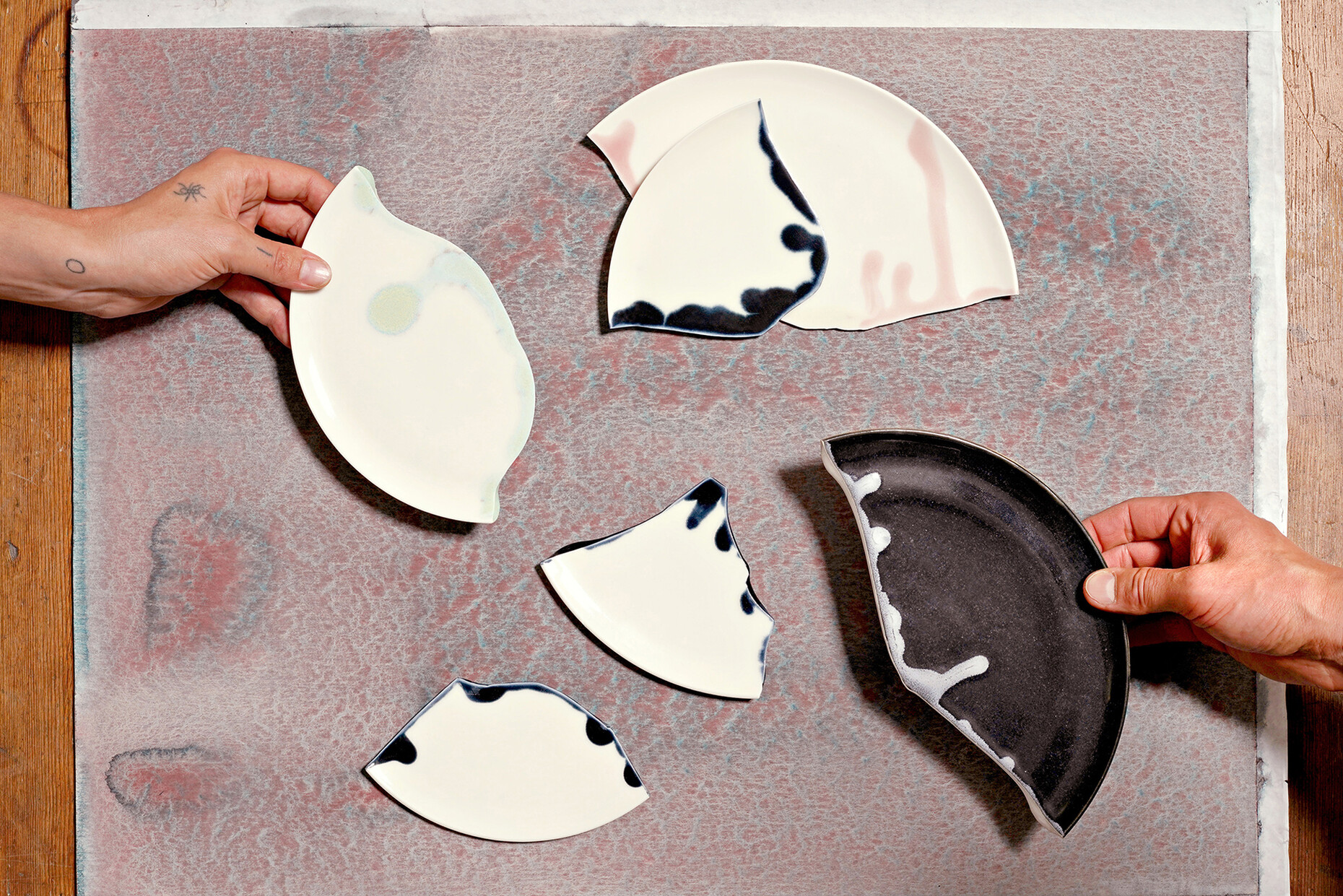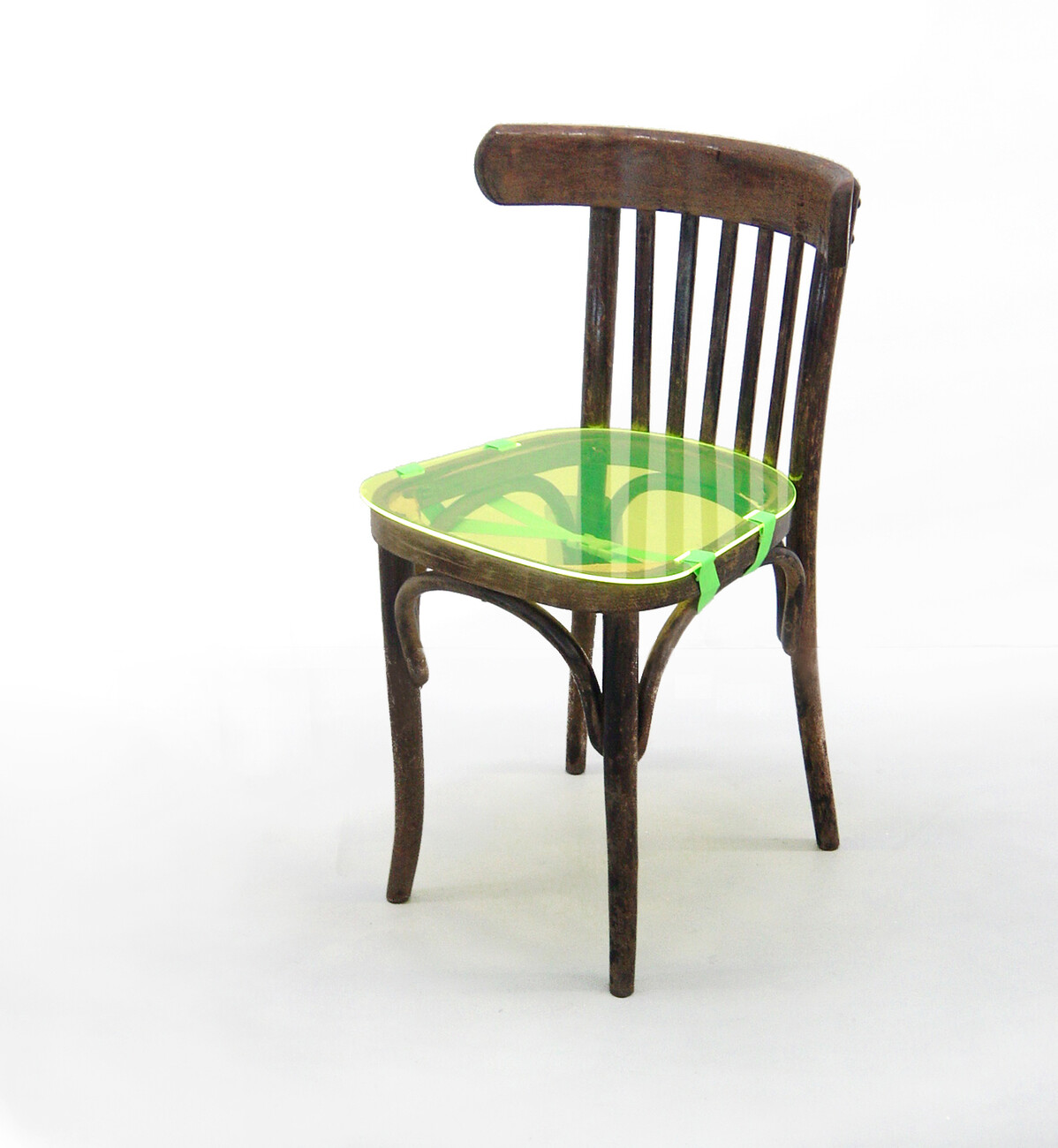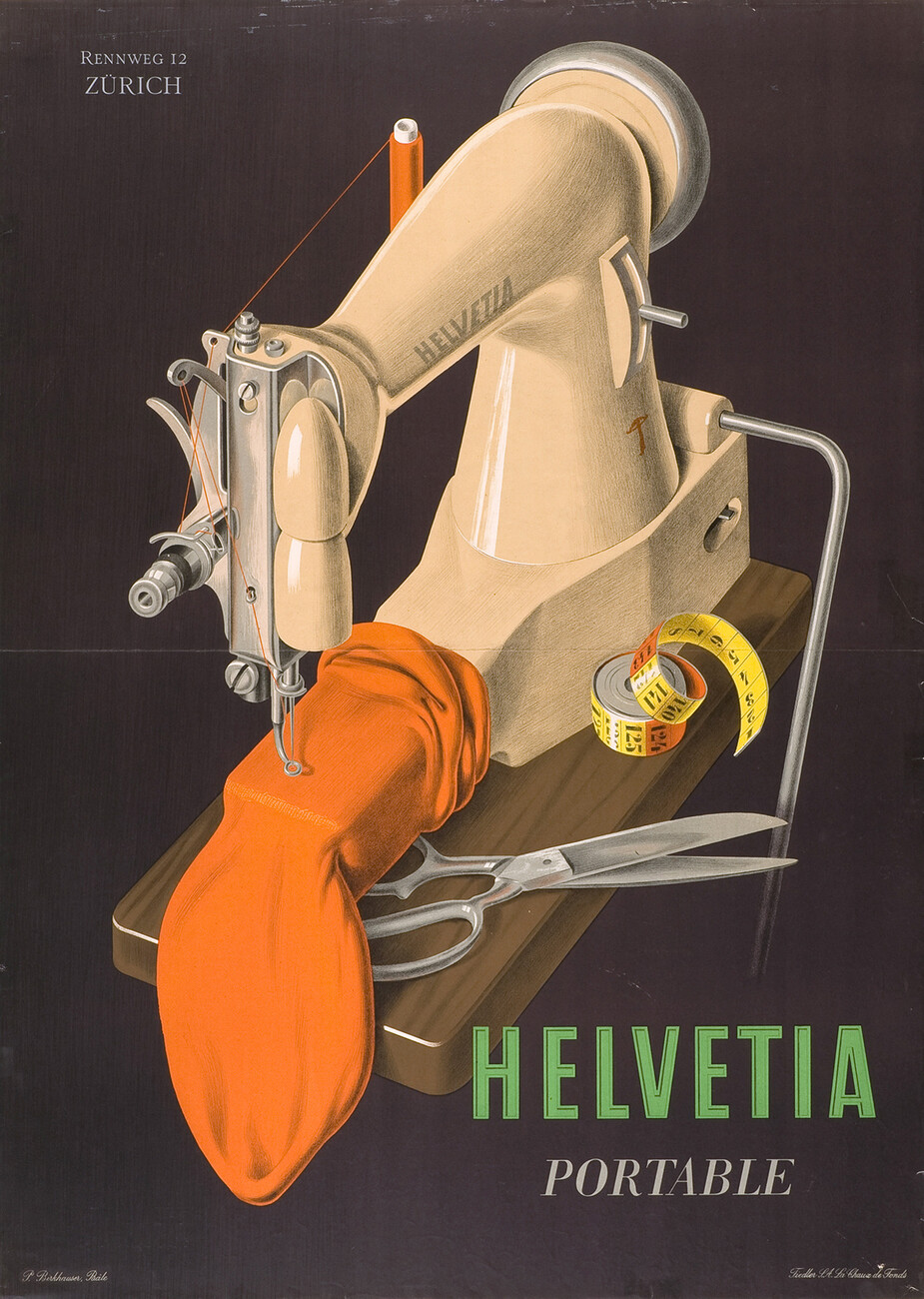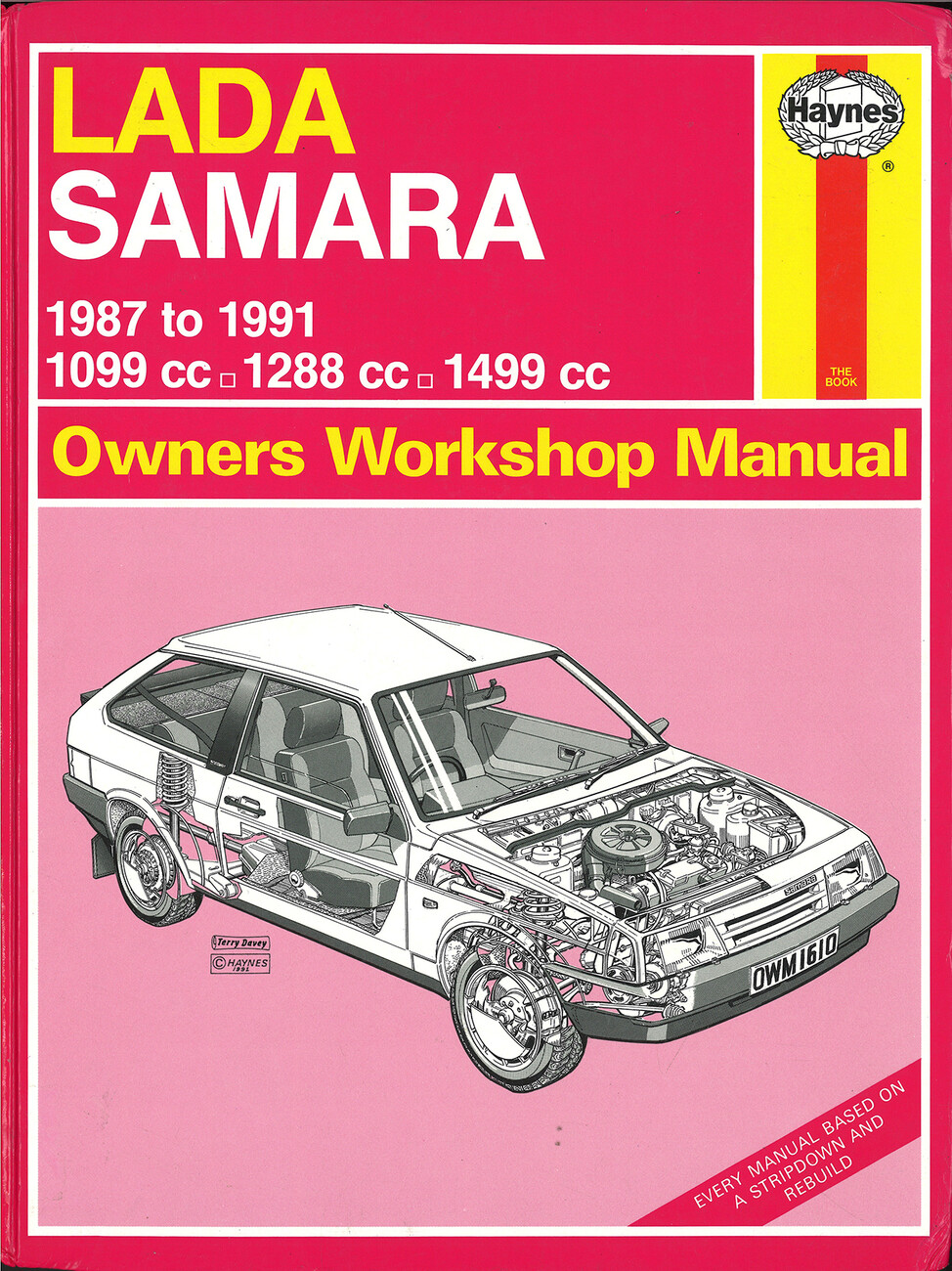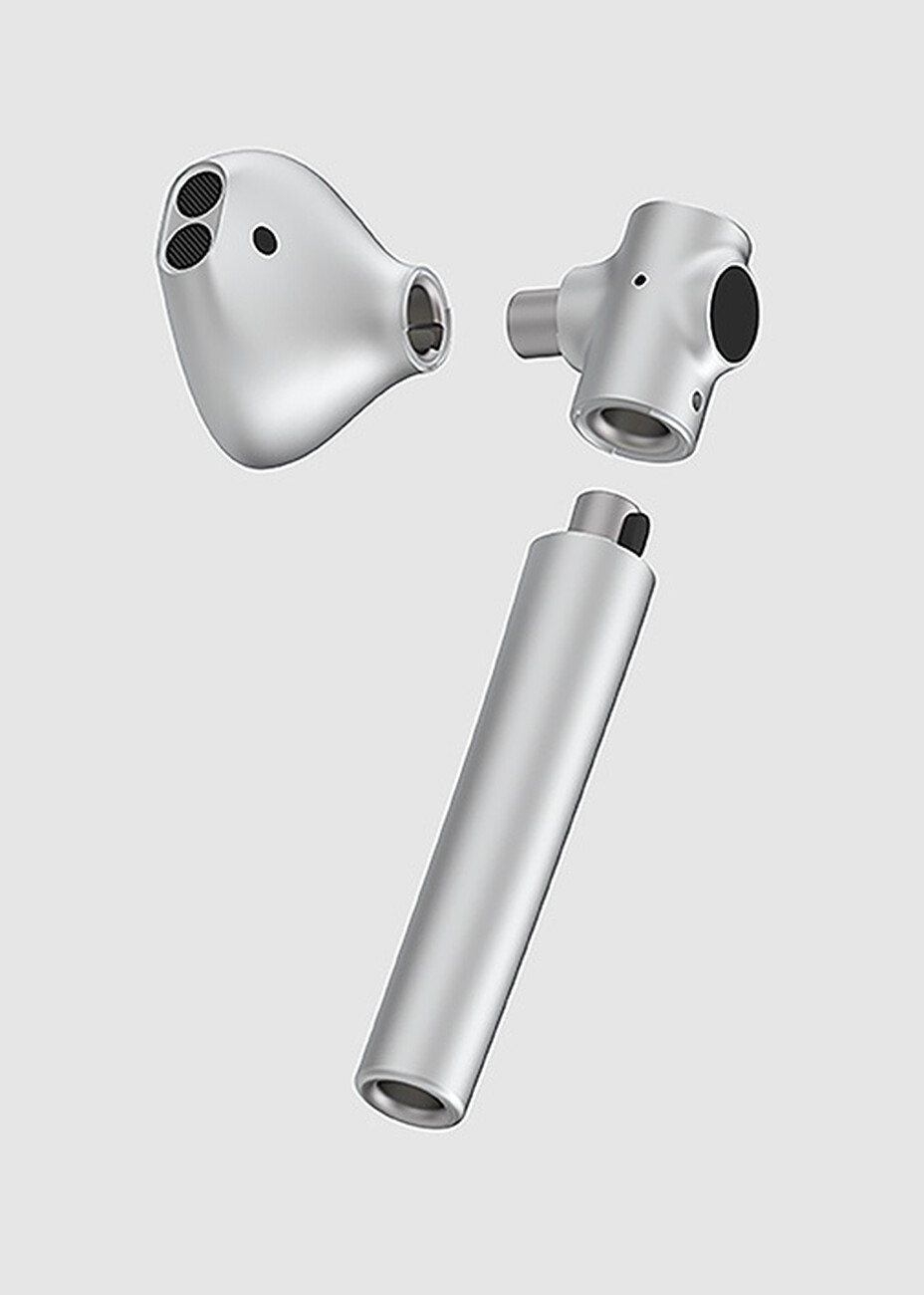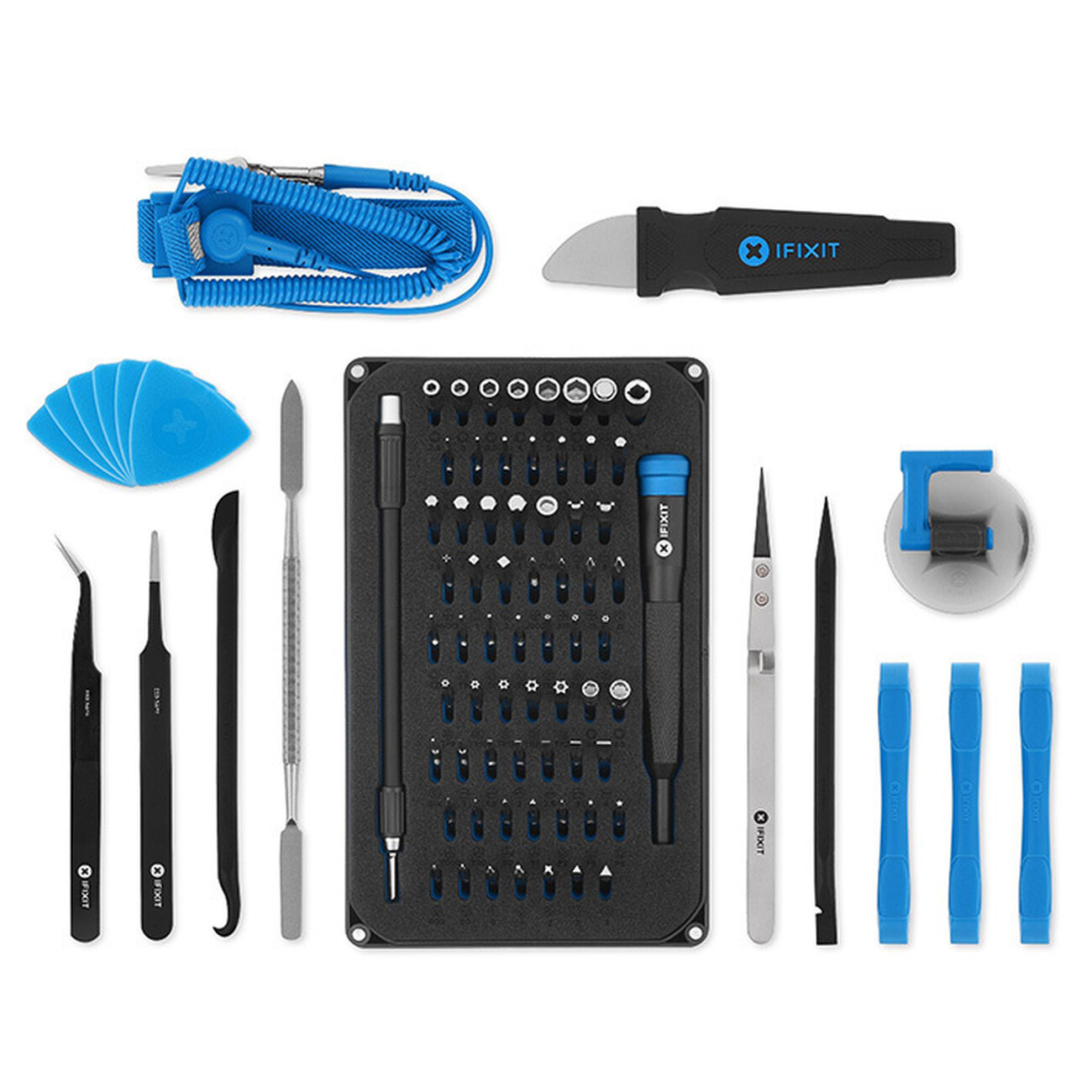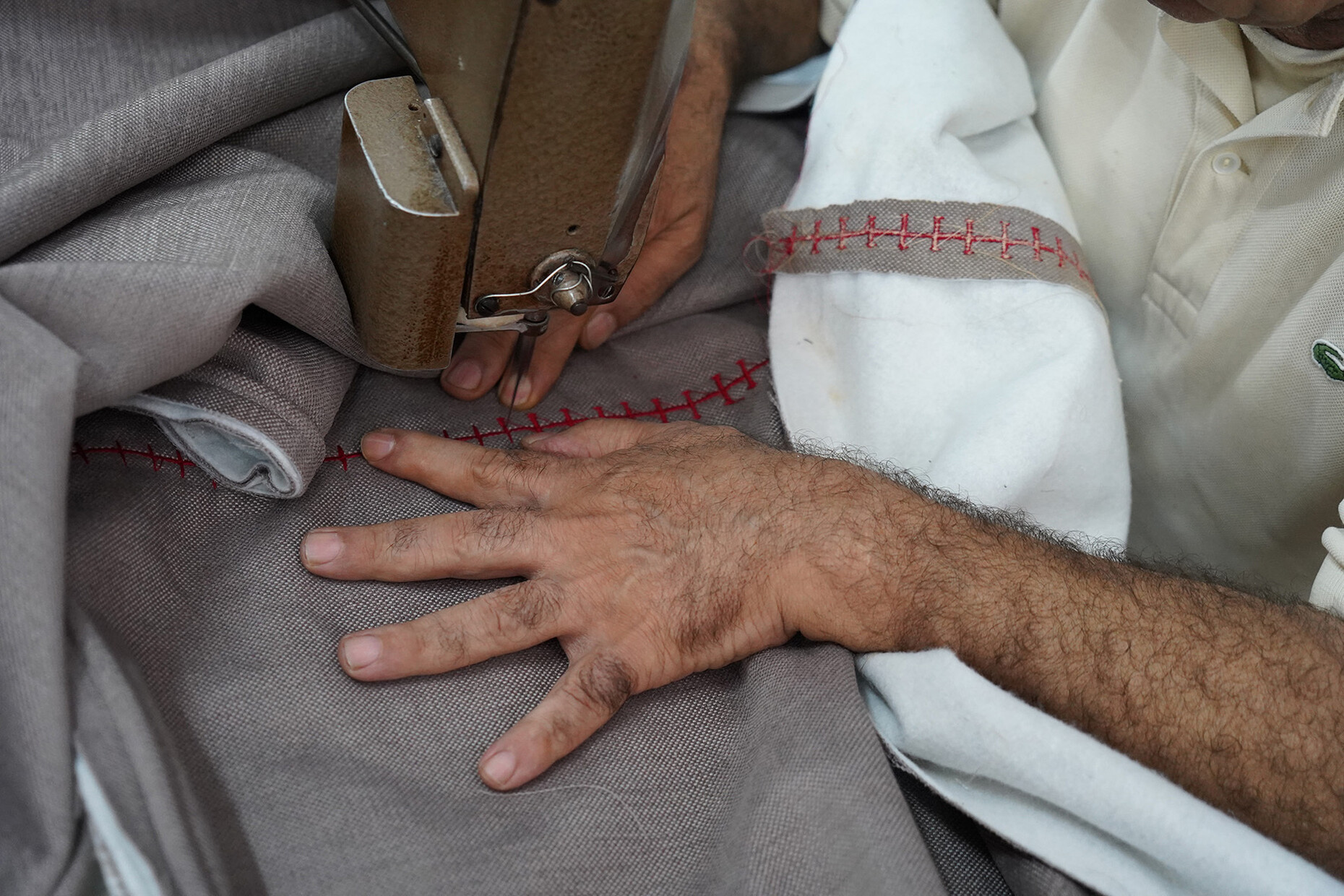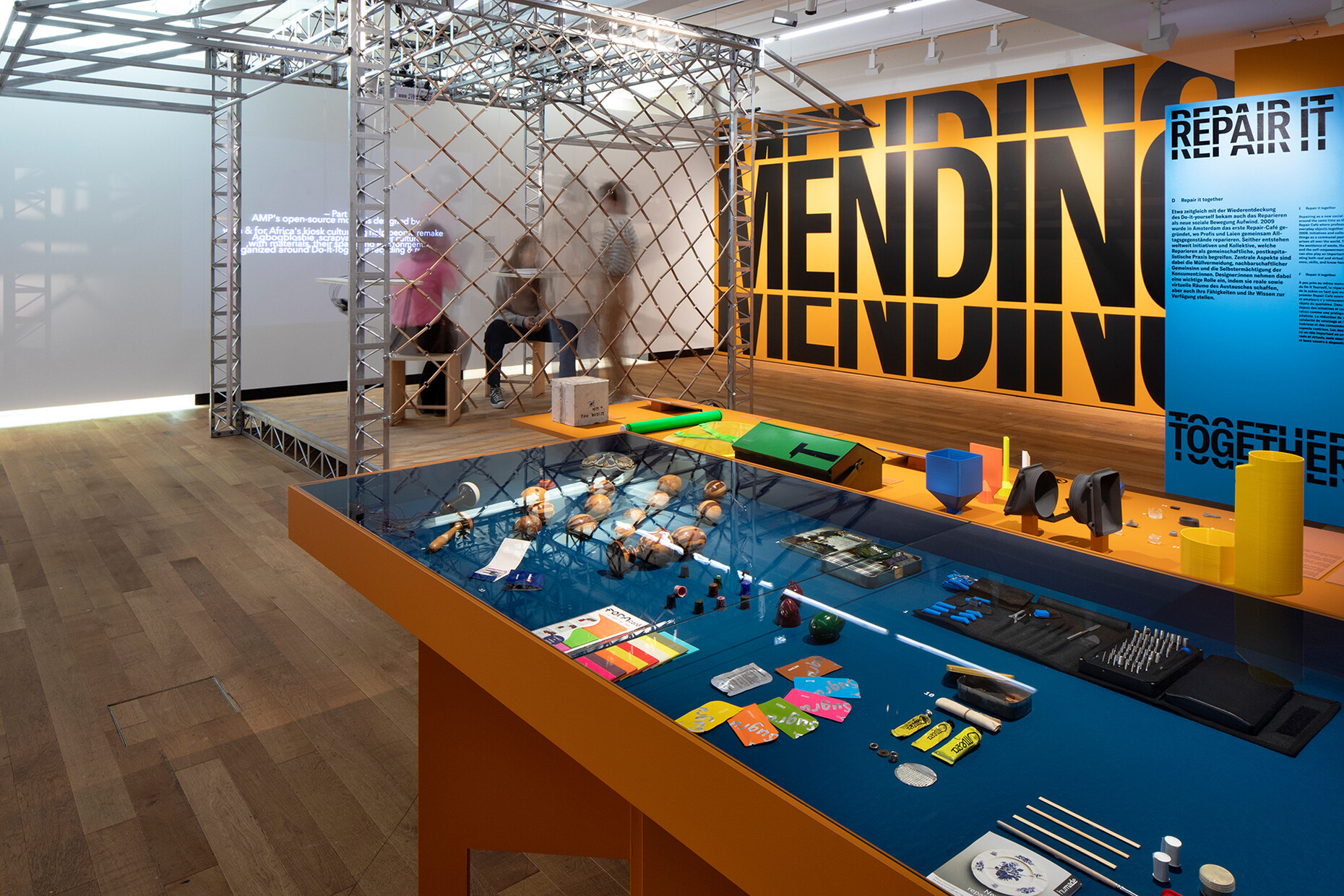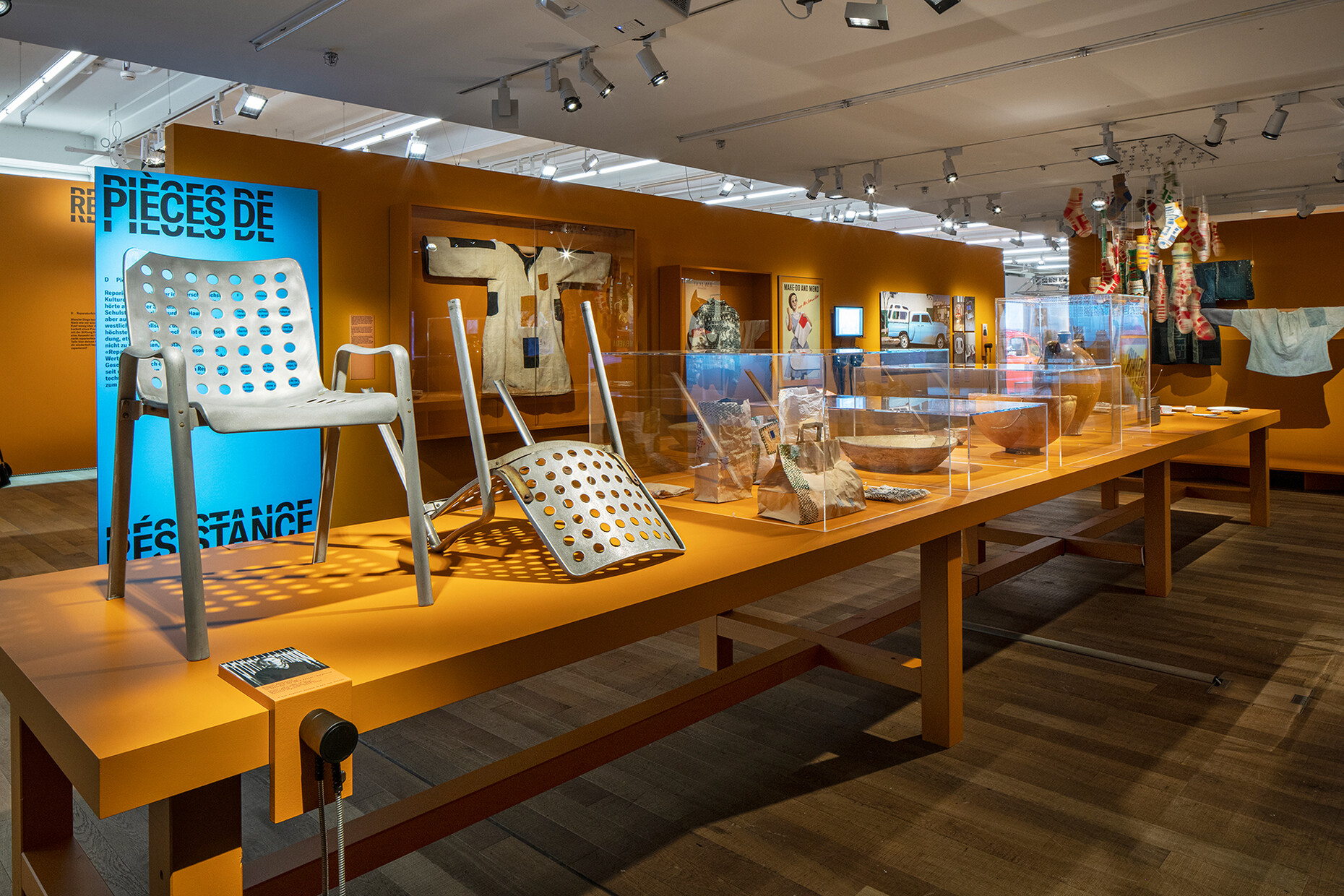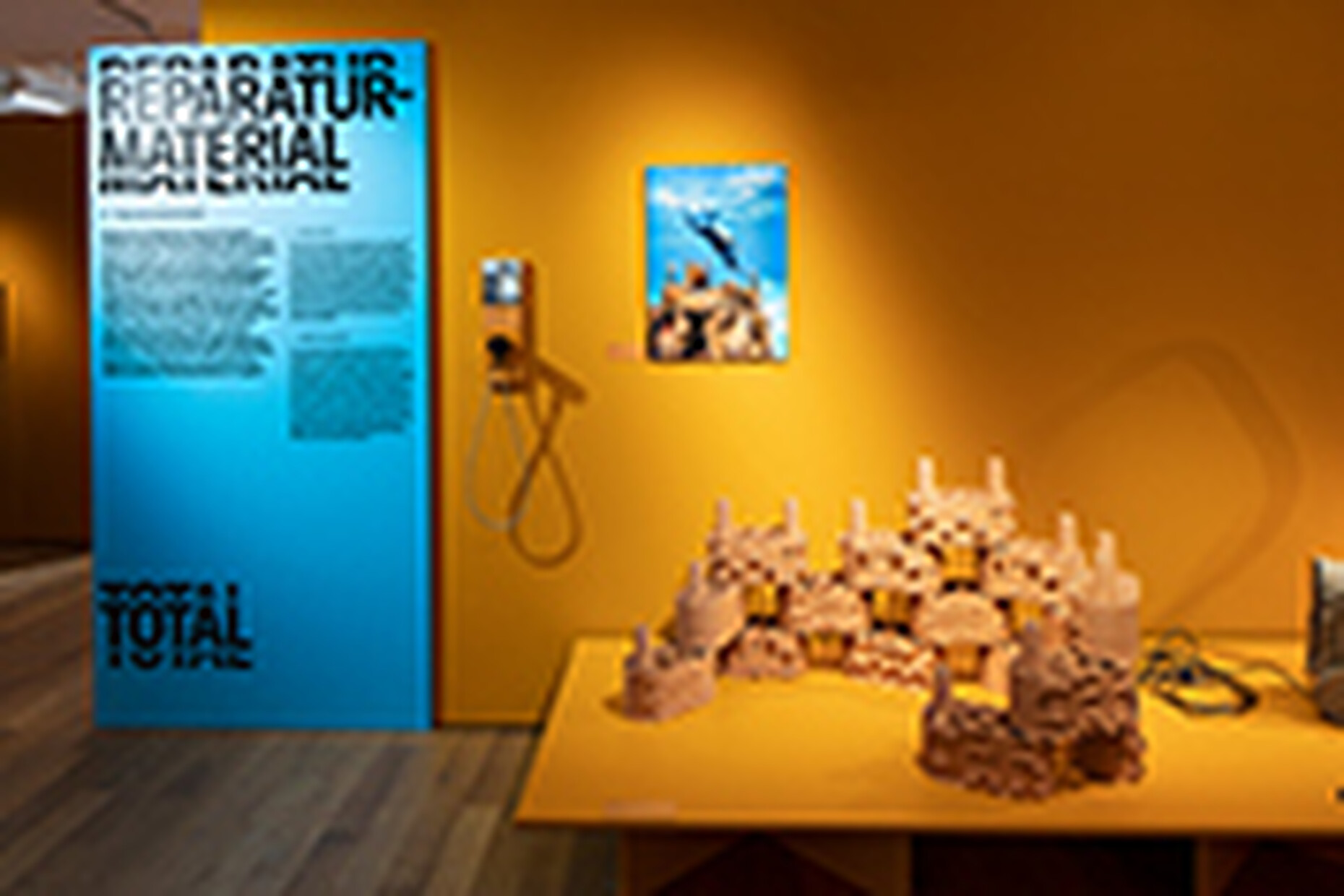SUSTAINABILITY
The beauty of imperfection
One and a half years ago, curator Sara Zeller had the idea for the exhibition "Repair Revolution! Today, against the backdrop of the politically discussed right to repair, the debate she initiated is more topical than ever. In an interview, Sara Zeller explains how the exhibition wants to encourage a rethink and what role designers play in this.
Judith Jenner: How did you come up with the idea for the exhibition?
Sara Zeller: I asked myself as a consumer, why don't I actually repair more? I would say that I live sustainably, that I think about what I buy, wear, eat and how I live. But still, I noticed that I throw away quite a lot. So I came up with the idea of why we all don't repair more. After all, it wasn't always like that. My grandmother, for example, still repaired a lot herself. As an art and design historian, that led me to the question: What's wrong with our products today and the world of thought today? Why is something no longer as repairable as it once was? Where do designers come in and are these questions even asked? These are all topics that we bring into the exhibition.
The typical argument for not repairing is that it is too expensive and not worth it.
Sara Zeller: If you consider the topic, you quickly come across the term "planned obsolescence", i.e. the planned wear and tear of things. In our exhibition, we confront visitors with a timeline on this topic right at the entrance. Through quotes from designers, we show what it is all about. In fact, planned obsolescence was already a legitimate marketing strategy in the 1950s and still seems to be today, among other things to increase sales.
What are the solutions?
Sara Zeller: We show a variety of today's objects that have modularity written all over them. Some are still in development status, for example the in-ear headphones from the start-up Elements. It wants to launch a modular headphone on the market where the consumer can exchange the microphone, for example. We also have a laptop in the exhibition. When you open it, you get direct instructions on how to exchange the individual parts. We want to show that there are already many lighthouse projects, but unfortunately they rarely succeed in a competitive market environment.
The exhibition is accompanied by a very diverse programme, where guests receive support in repairing, among other things. Why was that important to you?
Sara Zeller: Once a month, we host the Flickbar in our showroom. This is a repair service in Zurich's old town. We deliberately decided against a repair café in the museum. Because these cafés are free of charge and also represent a community idea. However, we are showing a film about it in the exhibition.
Which products do people experience a particularly high level of repair frustration with?
Sara Zeller: We have set up a comment wall for this purpose. The entries complement products that we pillory in cooperation with the Swiss Consumer Protection Foundation. It's mainly big tech companies that make mobile phones and tablets. Interestingly, people tend to bring older devices to our repair service that they would like to keep in good shape. For example, we had a typewriter there.
The exhibition venue is located on the Toni-Areal, the campus of the Zurich University of Applied Sciences and Arts. How do you work together?
Sara Zeller: In the exhibition we are exploring, among other things, the question: What does reparability mean for young people studying industrial design? What significance does this have in the sustainability debate? We have made three really great films that we are showing in the exhibition, in which the students think about very different things. We are also showing these films as part of a public panel discussion at the university.
Yet it often seems that repairing and preserving are incompatible with progress. How do you see that?
Sara Zeller: In fact, the question arises: Is repairing an opportunity or an innovation killer? I think it's an opportunity first and foremost. There are many levels on which you can get involved as a designer, for example by creating a space or an exchange platform on this topic.
Do you make any reference to Switzerland in the exhibition?
Sara Zeller: We start the exhibition with numbers from Switzerland on disposed clothes and electronic waste. Intentionally, we are not looking at rubbish dumps in countries of the global south, but at the rubbish we produce. In the exhibition as a whole, we have some projects with a local connection. For example, we are showing the work of a ceramist who designs the tableware for two restaurants in Zurich and lovingly repairs and re-glazes the plates and cups that have been broken in use. This is reminiscent of the Japanese technique Kintsugi, in which broken bowls or vases are repaired with a glue containing gold particles. In this way, the repair scar becomes jewellery.
Did you recently break something that you were able to fix after dealing with the topic?
Sara Zeller: In fact, my favourite jumper had a hole that I visibly patched. In the past, I probably would have repaired it as inconspicuously as possible, but my work on the exhibition has changed the view in that I no longer consider a repair a flaw.
Repair Revolution!
Until 15 October 2023
Museum of Design Zurich, Toni-Areal
Pfingstweidstrasse 96
8005 Zurich
Tuesday to Sunday 10 am - 5 pm
Thursday 10 a.m. - 8 p.m.
Monday closed
